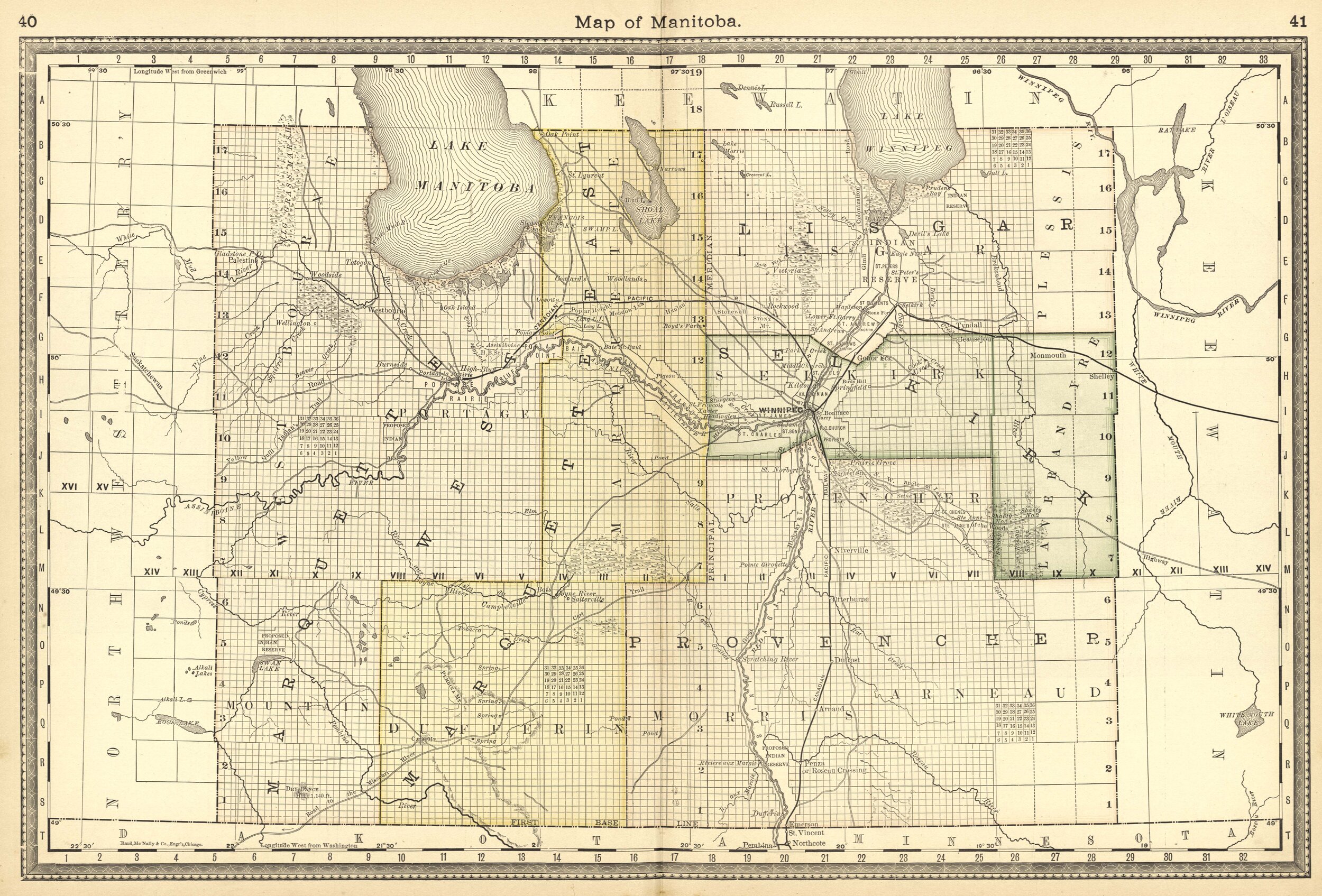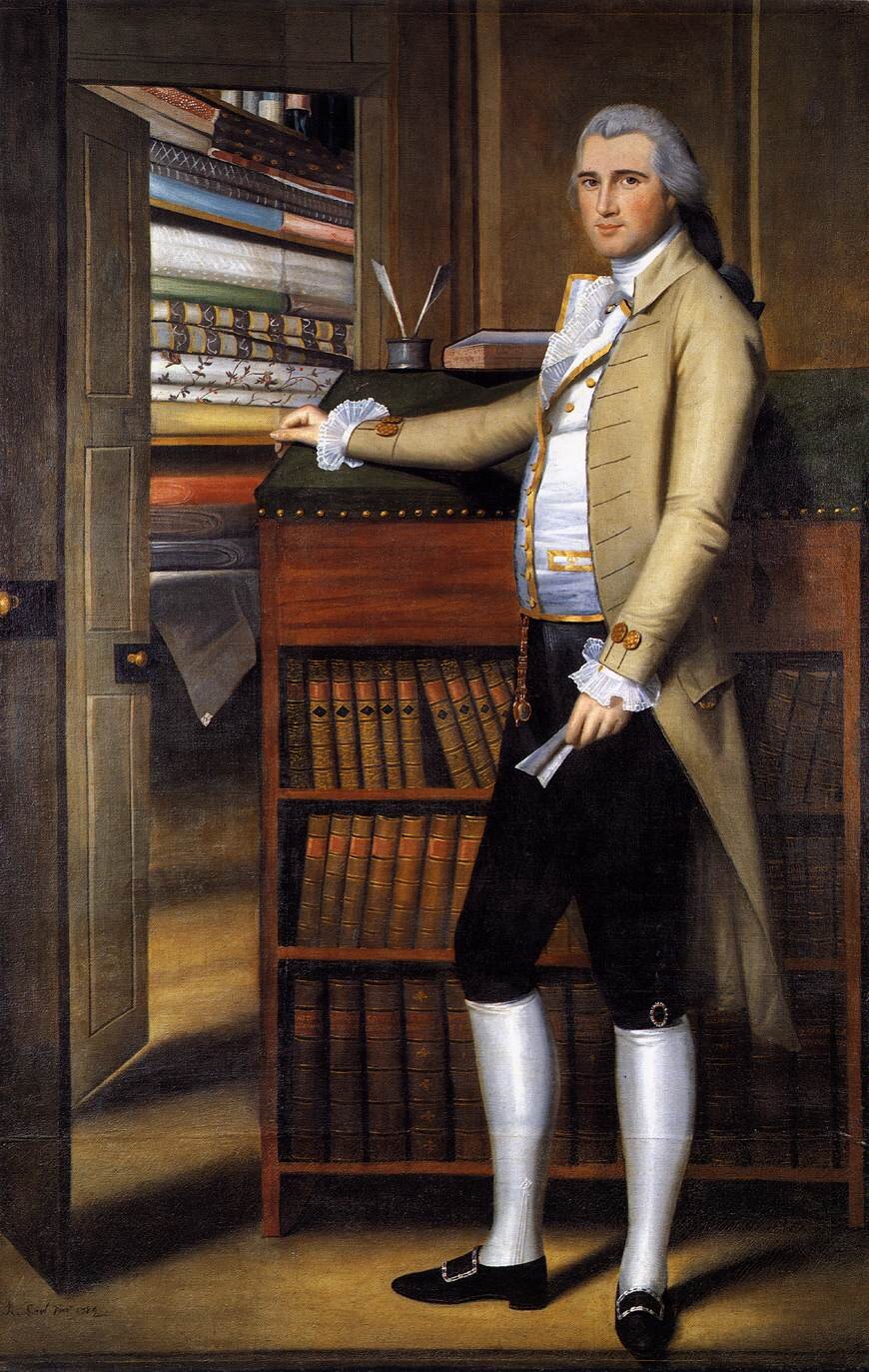16 July 2021
Washington may very well be the most common toponym in the United States. In addition to the state and the federal capital, numerous counties, towns, streets, and other places are named for the country’s first president, George Washington.
The name Washington has been associated with the District of Columbia since 1791. Washington was founded to be the capital of the United States, carved out of the territories of Maryland and Virginia, and included the already existing towns of Georgetown and Alexandria. (The Virginia portion, including Alexandria, was later ceded back to Virginia.) I cannot find any official documents designating the newly founded city as such—I’m sure they exist; I just haven’t found them—but there is this from the Maryland Journal and Baltimore Advertiser of 23 September 1791:
On Thursday last was killed, in the city of Washington, and in the district of Columbia, by the falling of a tree, in opening one of the streets, Mr. WALTER HANSON, jun. a gentleman of great mechanical ingenuity, and unblemished reputation. He was in the employ of Mr. Ellicott, as one of his assistants.—He has left a disconsolate widow, four small children, and many friends to lament his untimely fate.
And the same paper a week later, on 30 September 1791, published a description of the plans for the new city, which began:
The City of WASHINGTON, in the district of Columbia, intended for the permanent seat of the Government of the United States, being now begun, a concise description of the situation, and present state of that metropolis, may not be altogether uninteresting to those at a distance.
There is also the state of Washington, of course, that is occasionally the source of confusion with the nation’s capital. That name dates to 1853 when the territory that would become the state was split from the Oregon Territory. Two names were in serious contention for the new territory, Washington and Columbia. The name Washington won out, despite some objections that it would cause confusion with the nation’s capital. (The fact that Columbia might cause confusion with the District of Columbia apparently was not a serious concern.) New York’s Weekly Herald of 12 February 1853 summarizes the congressional debate:
The House proceeded to act on the bill establishing the territorial government of Washington, the question being on concurring in the amendments reported from the Committee of the Whole on the state of the Union.
Mr. JONES, (dem) of Tenn., moved to lay it on the table. Negatived, by ayes 26, noes 99.
The question being stated on agreeing to the title of the bill, to change the name from Columbia to that of Washington.
Mr. EVANS, (whig,) of Md., said he supposed that there was not in the whole United States one dissenting voice against doing all honor to George Washington, but he wished, if possible, to change the name of the proposed territory, for the single reason that there are two hundred towns and counties called Washington. His object was to avoid confusion in nomenclature.
Mr. STUART (dem.) of Mich., remarked that he did not like the name of Columbia changed, but, seeing it was the will of the majority to substitute that of Washington, he would interpose no objection.
Mr. EVANS said he made the remark to be heard elsewhere. He thought it was far more proper to call the capital of the Union after the name of Washington; and, to avoid difficulties of geographical nomenclature, he trusted one of the beautiful Indian names would be given to the new Territory.
The title of the bill was then changed to the “Territorial Government of Washington.”
The bill was afterwards passed, by 128 yeas to 29 nays.
Sources:
“For the Maryland Journal” (26 September 1791). Maryland Journal and Baltimore Advertiser, 30 September 1791, 3. Readex: America’s Historical Newspapers.
“George-Town, September 17. Maryland Journal and Baltimore Advertiser, 23 September 1791, 2. Readex: America’s Historical Newspapers.
“The Territory of Washington.” Weekly Herald (New York), 12 February 1853, 51. Readex: America’s Historical Newspapers.
Image credit: Original: Pierre Charles L’Enfant, 1790. Copy: U.S. Coast and Geodetic Survey, 1887. Library of Congress.





